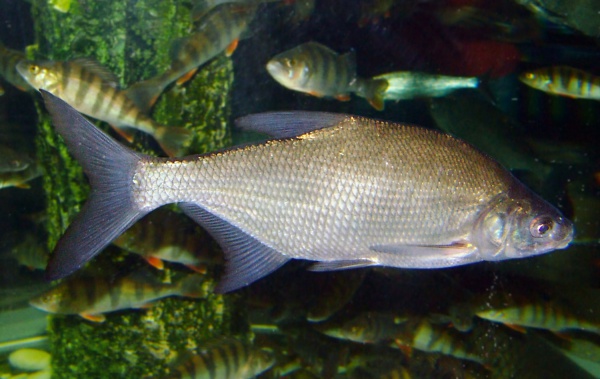Facts About Common bream
The common bream, often referred to as the freshwater bream, bronze bream, or carp bream, is a freshwater fish native to Europe. It belongs to the Cyprinidae family and is the only species in the genus Abramis. You can find common bream in various parts of Europe, stretching from north of the Alps and Pyrenees to the Caspian, Black, and Aral Seas. They typically inhabit ponds, lakes, canals, and slow-moving rivers.
This fish has a distinctive appearance with its flattened body, high back, and silvery-grey coloration. As they age, especially in clear waters, they may develop a bronze tint. You can distinguish them from similar species like the silver bream by the number of scales and the coloration of their pectoral fins.
Common bream are bottom feeders, sifting through the substrate for larvae, worms, bivalves, and gastropods. They also feed on aquatic plants and plankton. The spawning season runs from April to June, during which females lay their eggs on aquatic vegetation. The young fish, or fry, remain attached to the plants until they mature.
Anglers enjoy fishing for common bream, although they are not usually consumed. Popular baits include sweetcorn, maggots, worms, and boilies, and common techniques include float fishing and ledgering. As of 2017, the heaviest recorded common bream weighed over 10 kg (22 lbs).

 Slovakia
Slovakia